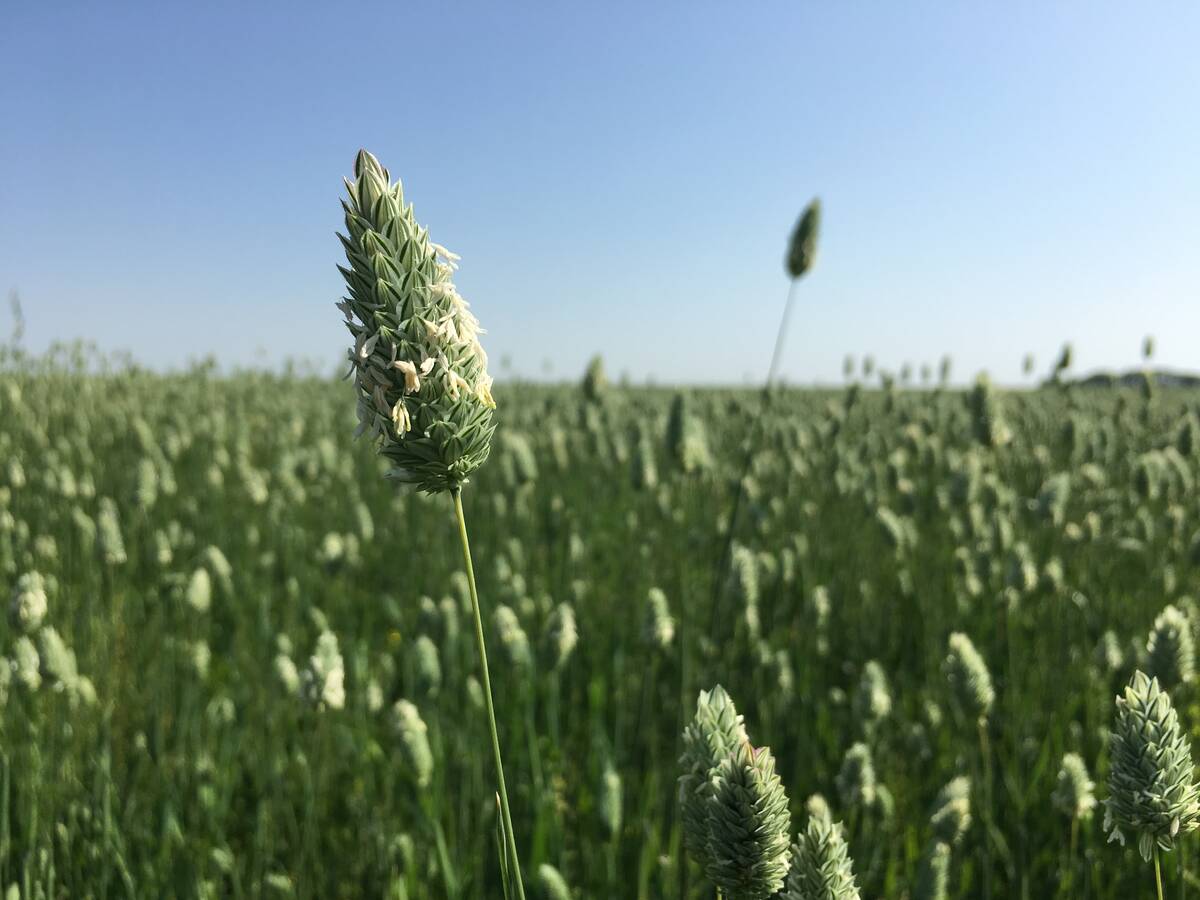Seven Alberta pea fields in five counties have been confirmed as reluctant hosts of a pea root rot that is new to the province.
Caused by a pathogen called aphanomyces euteiches, the root rot is highly virulent and often occurs in conjunction with other infections.
Agriculture Canada plant pathologist Syama Chatterton said she and her team surveyed 150 fields last year and another 170 this year, primarily looking for fusarium infection in pea fields.
However, they also found A. euteiches in the counties of Vulcan, Forty Mile, Warner, Wheatland and Newell.
Read Also

No special crop fireworks expected
farmers should not expect fireworks in the special crops market due to ample supplies.
It is the first confirmation of the pathogen’s presence in Alberta. It was first confirmed in some Saskatchewan fields in 2012.
“Based on the fact that they had already found it in Saskatchewan, we weren’t surprised, and because of this excess moisture in the soil, because aphanomyces is a pathogen that’s highly dependent on water, that’s why it was never considered to be an issue … because of our drier climate,” said Chatterton.
Recent wet years have apparently allowed the pathogen to gain a foothold. It also tends to occur along with fusarium, which makes it a challenge for researchers to isolate.
“The problem is that it always seems to occur in conjunction with some of these fusarium species, so trying to tease apart which one is the major pathogen or which one might be causing the initial infection is something that we’re still working at,” Chatterton said.
“The hypothesis right now is that it’s probably aphanomyces that is coming in and causing the disease first because it is specialized on peas. Then after that you have fusarium coming in that is a little more of a broad-spectrum generalist pathogen. The two combined is probably where we’re seeing a lot of the damage coming from.”
Infection is characterized by caramel-coloured brown roots on the pea plant. However, its effects are difficult to distinguish from fusarium.
BDS Laboratories and Discovery Seed Labs in Saskatchewan and 20/20 Seed Labs in Alberta and Winnipeg are able to conduct the needed diagnostic tests.
Aphanomyces is soil-borne, so it spreads only with movement of infected soil. Cleaning equipment before moving it from fields known to be infected is the best control strategy.
Fields known to host aphanomyces should not be planted to peas for five or six years, said Chatterton.
Seed treatments are not effective against the disease, which can also affect lentils, dry beans and alfalfa. Some fababeans and chickpeas seem to have resistance, Chatterton said.
Researchers only recently began looking for the pathogen, so it isn’t known how long it has been present in southern Alberta.
Chatterton said research in the United States has identified resistant germplasm, which will likely be available in Canada in coming years.
The other good news is that surveys show most Alberta pea fields are healthy.
The Alberta Crop Industry Development Fund and Alberta Pulse Growers fund Chatterton’s work on the pea root rot.















